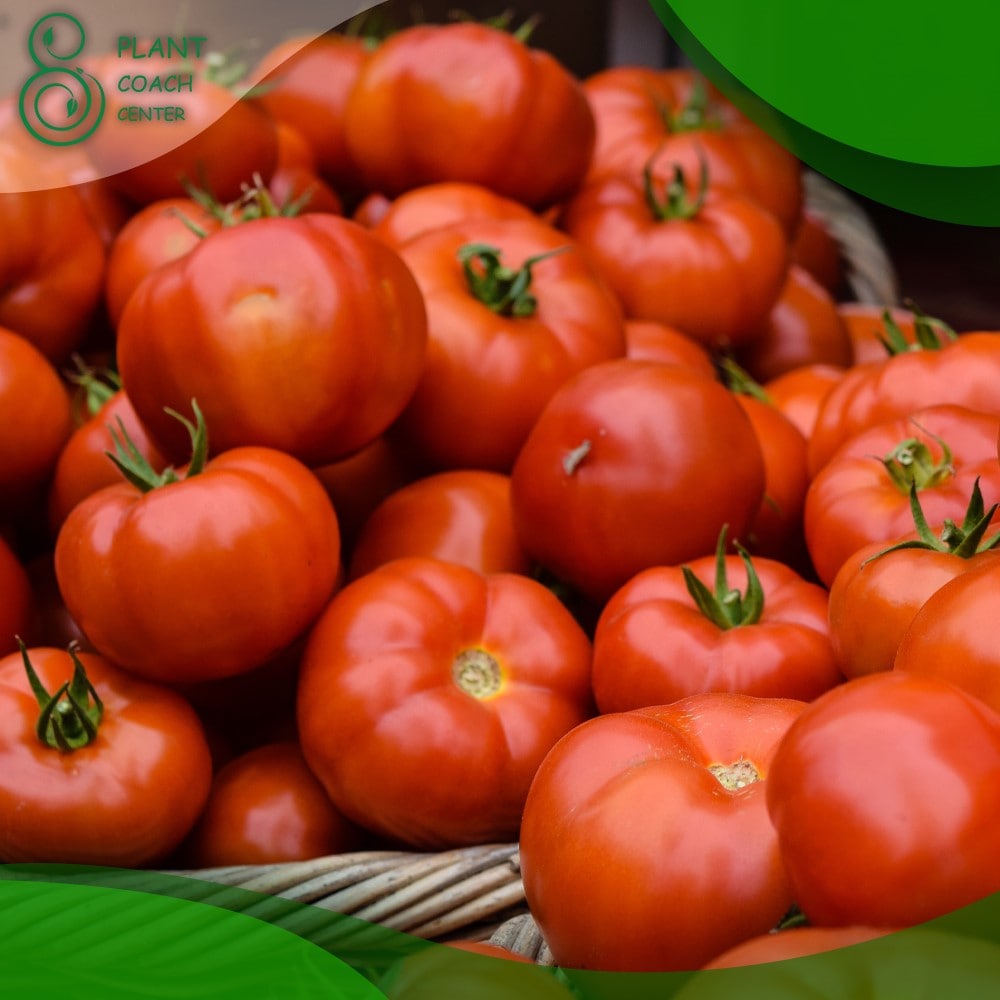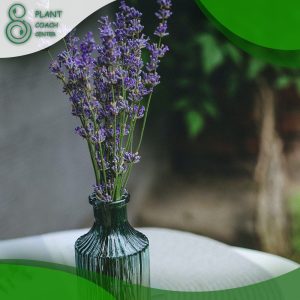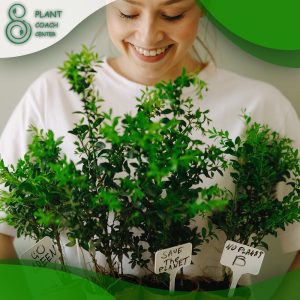When Can I Plant My Tomatoes Outside?
If you’re a tomato lover, you may be eager to start planting your tomato seedlings outdoors as soon as possible. However, timing is crucial when it comes to planting tomatoes, as they are sensitive to cold temperatures and frost.
In this comprehensive guide, we’ll cover everything you need to know about when to plant your tomatoes outdoors, so you can enjoy a bountiful harvest of juicy, ripe tomatoes.
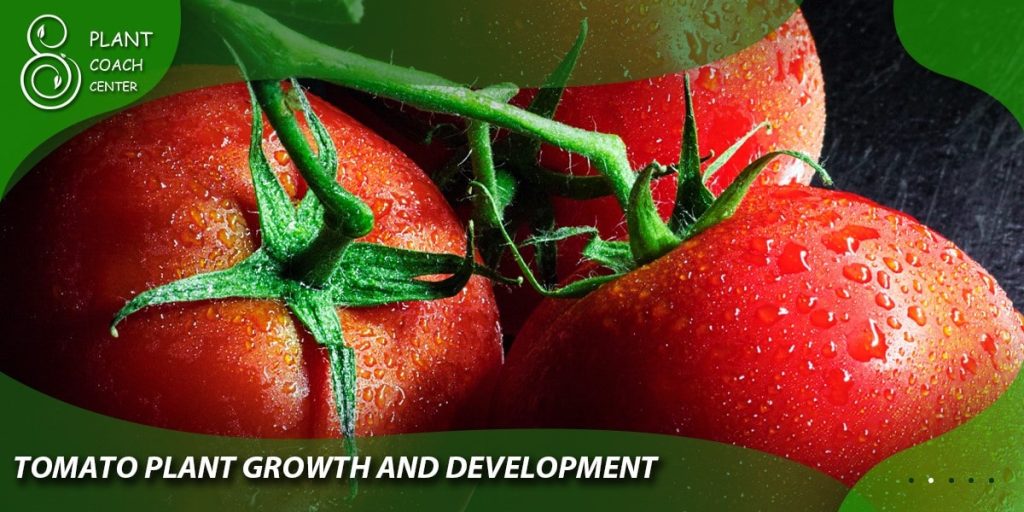
Tomatoes are warm-season plants that require specific environmental conditions to thrive. Planting tomatoes too early or too late can result in stunted growth, poor yield, or even the death of the plant. Therefore, it’s important to understand the factors that affect tomato plant growth and development, as well as the right time to plant them outdoors.
Understanding Tomato Plant Growth and Development
Tomatoes go through different stages of growth and development, from seed germination to fruit ripening. Understanding these stages can help you determine the best time to plant tomatoes outdoors.
Seed Germination
Tomato seeds need warm and moist soil to germinate. The optimal soil temperature for germination is between 75-85°F (24-29°C). Once the seeds have germinated, they will begin to grow into seedlings.
Vegetative Growth
During the vegetative growth stage, tomato plants focus on developing leaves, stems, and roots. They require plenty of sunlight, water, and nutrients to grow strong and healthy. The vegetative growth stage typically lasts for 4-6 weeks, depending on the variety and growing conditions.
Flowering Stage
After the vegetative growth stage, tomato plants will start to produce flowers. This is a critical stage, as the flowers will eventually develop into fruit. Tomato plants require plenty of sunlight and nutrients during this stage to produce healthy flowers and fruit.
Fruit Development and Ripening
Once the flowers have been pollinated, the tomato plant will begin to develop fruit. The fruit will start out green and gradually ripen to its final color, depending on the variety. Tomatoes require warm temperatures to ripen, and they should be harvested when they are fully ripe for the best flavor and texture.
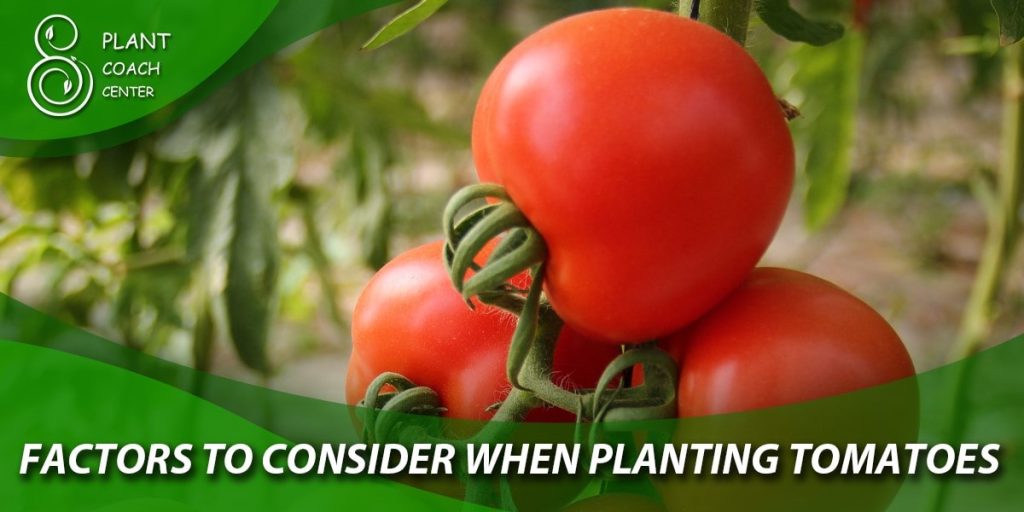
Factors to Consider When Deciding When to Plant Tomatoes Outdoors
While understanding tomato plant growth and development is important, there are several other factors to consider when deciding when to plant your tomatoes outdoors. These factors include:
Climate and Weather
Tomatoes are warm-season plants that require warm temperatures to grow. Planting tomatoes too early, when temperatures are still cool, can result in poor growth and development.
On the other hand, planting tomatoes too late can result in a shorter growing season, which can affect the yield. Consider your local climate and weather patterns when deciding when to plant tomatoes outdoors.
Soil Temperature
Tomatoes require warm soil to grow, and the optimal soil temperature for planting tomato seedlings is 60°F (15°C) or higher. Planting tomatoes in cold soil can stunt their growth and make them more susceptible to diseases.
Frost Dates
Tomatoes are sensitive to frost, and planting them outdoors before the last frost date can result in damage or death of the plant. The last frost date varies depending on your location, so be sure to check with your local extension office or gardening center for the recommended planting dates.
Tomato Variety
Different tomato varieties have different growing requirements and can have different maturity dates. Choose a tomato variety that is well-suited for your growing conditions and has a maturity date that fits within your growing season.
Soil Conditions
Tomatoes require well-draining soil that is rich in organic matter and nutrients. Before planting your tomatoes, make sure the soil is properly prepared and amended to provide the necessary nutrients and drainage.
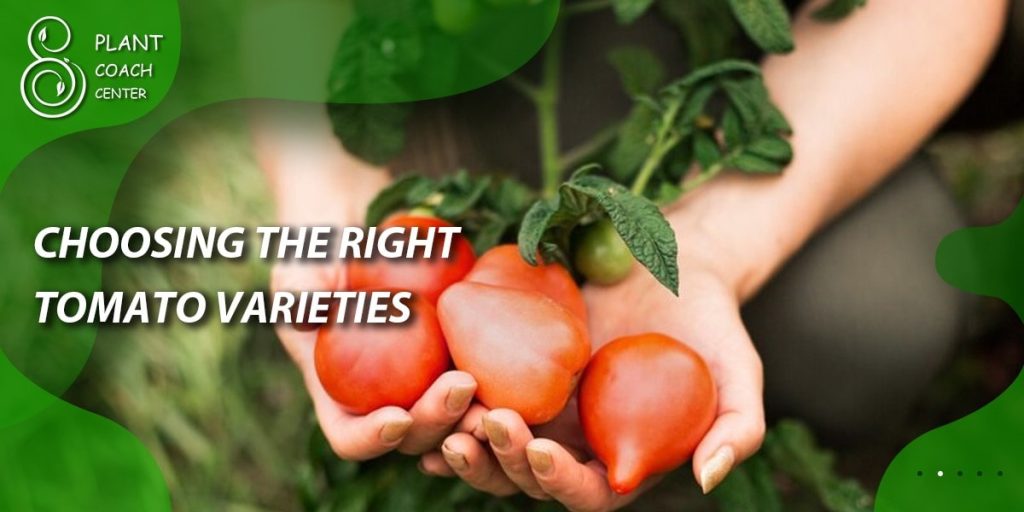
Choosing the Right Tomato Varieties
Choosing the right tomato varieties is important for a successful harvest. Here are some factors to consider when choosing tomato varieties:
Growing Conditions
Consider your local climate, soil type, and growing conditions when choosing tomato varieties. Some tomato varieties are better suited for cooler climates, while others thrive in hot and humid conditions.
Disease Resistance
Tomatoes are susceptible to several diseases, including verticillium wilt, fusarium wilt, and late blight. Choose tomato varieties that are resistant to these diseases to minimize the risk of plant damage or loss.
Maturity Date
Different tomato varieties have different maturity dates, ranging from early season to late season. Choose a tomato variety with a maturity date that fits within your growing season to ensure a successful harvest.
Flavor and Texture
Tomatoes come in a wide range of flavors and textures, from sweet and juicy to tangy and firm. Consider your personal preferences when choosing tomato varieties.
Preparing the Soil for Tomato Planting
Tomatoes require well-draining soil that is rich in organic matter and nutrients. Proper soil preparation is crucial for healthy tomato growth and a bountiful harvest. Here are some tips for preparing the soil for planting tomatoes:
Test the Soil pH
Tomatoes prefer soil with a pH range of 6.0-7.0. Test your soil pH using a soil testing kit and amend the soil as needed to bring it within this range.
Add Organic Matter
Add organic matter to the soil to improve its structure and nutrient content. Compost, aged manure, and leaf mold are all good sources of organic matter.
Provide Nutrients
Tomatoes require nitrogen, phosphorus, and potassium to grow. Add a balanced fertilizer to the soil before planting to provide these nutrients.
Improve Soil Drainage
Tomatoes require well-draining soil to prevent waterlogging and root rot. Add sand or perlite to the soil to improve drainage, or plant tomatoes in raised beds.
Mulch the Soil
Apply a layer of mulch around tomato plants to help retain moisture, regulate soil temperature, and prevent weed growth.
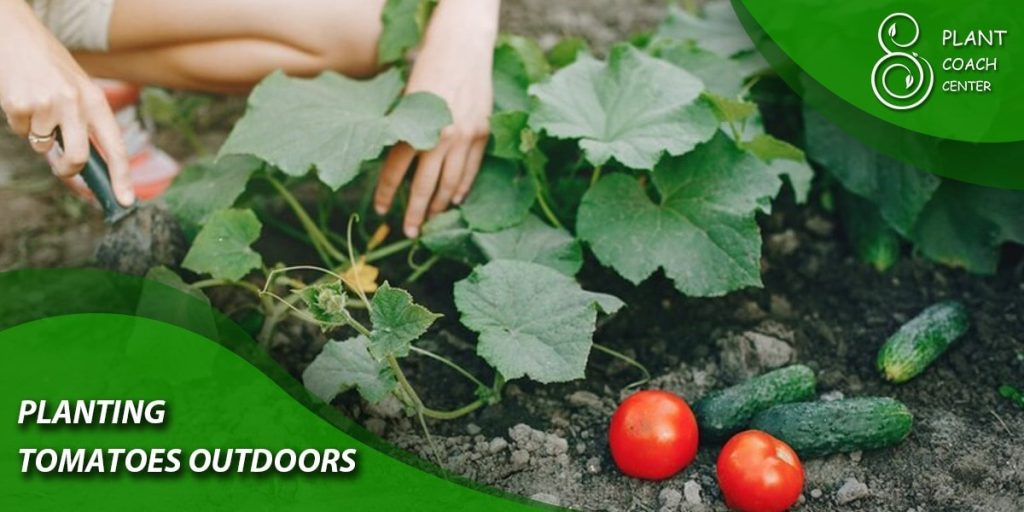
Planting Tomatoes Outdoors
Planting tomatoes outdoors is easy if you follow these steps:
Choose a Sunny Location
Tomatoes require full sun to grow and produce fruit. Choose a location that receives at least 6-8 hours of direct sunlight per day.
Dig the Planting Hole
Dig a planting hole that is deep enough to accommodate the tomato seedling’s root ball, with some extra space for soil amendments.
Add Soil Amendments
Add a balanced fertilizer and organic matter to the soil in the planting hole. Mix well with the existing soil.
Plant the Seedling
Carefully remove the tomato seedling from its container and place it in the planting hole. Cover the root ball with soil, leaving the top of the stem exposed.
Water the Seedling
Water the tomato seedling thoroughly after planting to help settle the soil and ensure proper root growth.
Provide Support
Tomatoes require support to grow tall and produce fruit. Install stakes or cages near the seedling at planting time to provide support as the plant grows.
Caring for Tomato Plants
Tomatoes require regular care and maintenance to grow strong and healthy. Here are some tips for caring for tomato plants:
Watering
Tomatoes require regular watering to prevent drought stress and ensure proper growth and development. Water deeply once a week, or more often during hot and dry weather.
Fertilizing
Tomatoes require regular fertilization to provide the necessary nutrients for growth and fruit production. Use a balanced fertilizer every 4-6 weeks during the growing season.
Pruning
Pruning tomato plants can help promote healthy growth and prevent disease. Remove the lower leaves of the plant as it grows, and prune the plant to remove suckers and promote air circulation.
Pest and Disease Control
Tomatoes are susceptible to several pests and diseases, including aphids, whiteflies, and blight. Monitor your plants regularly for signs of infestation, and use natural or chemical remedies as needed.
Common Tomato Plant Problems and How to Troubleshoot Them
Despite your best efforts, tomato plants can still experience problems and issues. Here are some common tomato plant problems and how to troubleshoot them:
Blossom End Rot
Blossom end rot is a common problem that affects the bottom of tomato fruits, causing them to rot. This is often caused by a calcium deficiency in the soil. To prevent blossom end rot, ensure that your soil has adequate calcium levels and consistent moisture.
Tomato Hornworms
Tomato hornworms are large green caterpillars that feed on tomato foliage and can quickly defoliate a plant. You can control them by handpicking them off the plant, or using an organic pesticide such as Bacillus thuringiensis (Bt).
Tomato Blight
Tomato blight is a fungal disease that causes leaves to yellow, wilt, and die. To prevent tomato blight, ensure that your plants have adequate air circulation and avoid overhead watering.
Early Frost
Early frost can damage or kill tomato plants. Cover your plants with blankets or plastic sheeting if frost is forecasted, or harvest your tomatoes before the frost sets in.
Sunscald
Sunscald occurs when tomato fruits are exposed to direct sunlight, causing them to develop white or yellow patches. To prevent sunscald, provide your plants with some shade during the hottest part of the day, or use a reflective mulch to reflect sunlight away from the fruits.
Harvesting and Preserving Tomatoes
Harvesting tomatoes at the right time is important for the best flavor and texture. Here are some tips for harvesting and preserving tomatoes:
Harvesting
Harvest tomatoes when they are fully ripe and have reached their final color. Gently twist or cut the fruit from the plant. Tomatoes can be stored at room temperature for a few days, or in the refrigerator for up to two weeks.
Preserving
Tomatoes can be preserved in several ways, including canning, freezing, and drying. Canning and freezing are the most popular methods for preserving tomatoes. Canned tomatoes can be used in sauces, soups, and stews, while frozen tomatoes can be used in smoothies and sauces.
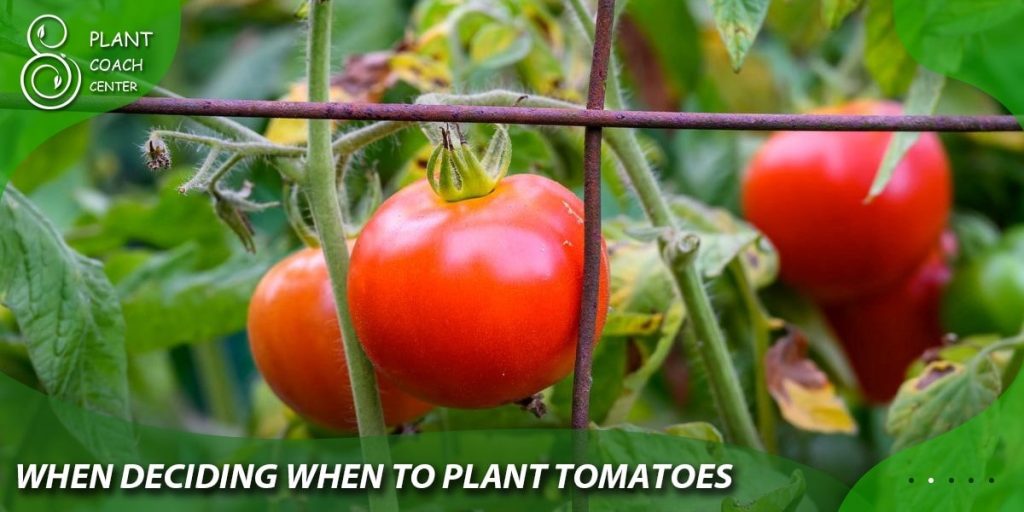
Conclusion
Knowing when to plant your tomatoes outdoors is essential for a successful harvest. Consider your local climate and weather, soil conditions, tomato variety, and other factors when deciding when to plant your tomatoes. Proper soil preparation, planting, and care can help ensure healthy tomato growth and a bountiful harvest.
Remember to monitor your plants regularly for common problems and pests, and harvest and preserve your tomatoes at the right time for the best flavor and texture.
When can I plant my tomatoes outside?
Tomatoes should be planted outside after the last frost date in your region, typically in late spring or early summer.
Can I plant tomatoes earlier if I use protective measures?
Yes, You can plant tomatoes earlier if you use protective measures or creating temporary shelters to shield them from cold temperatures.
Can tomatoes tolerate frost?
Tomatoes are sensitive to frost and should not be exposed to temperatures below 50°F (10°C).


